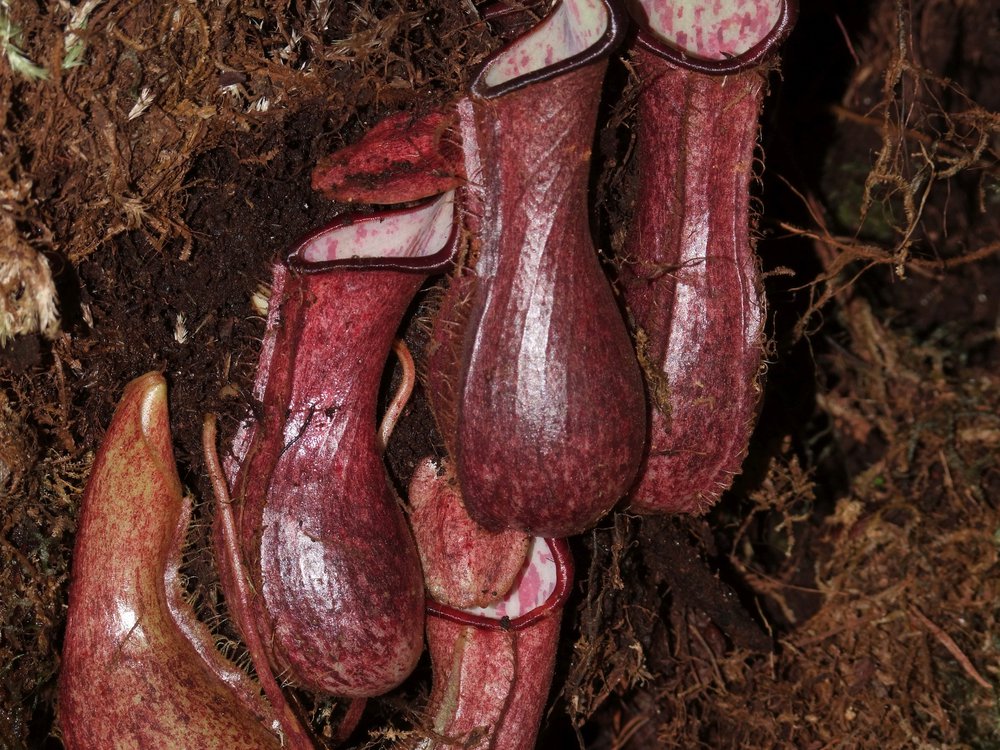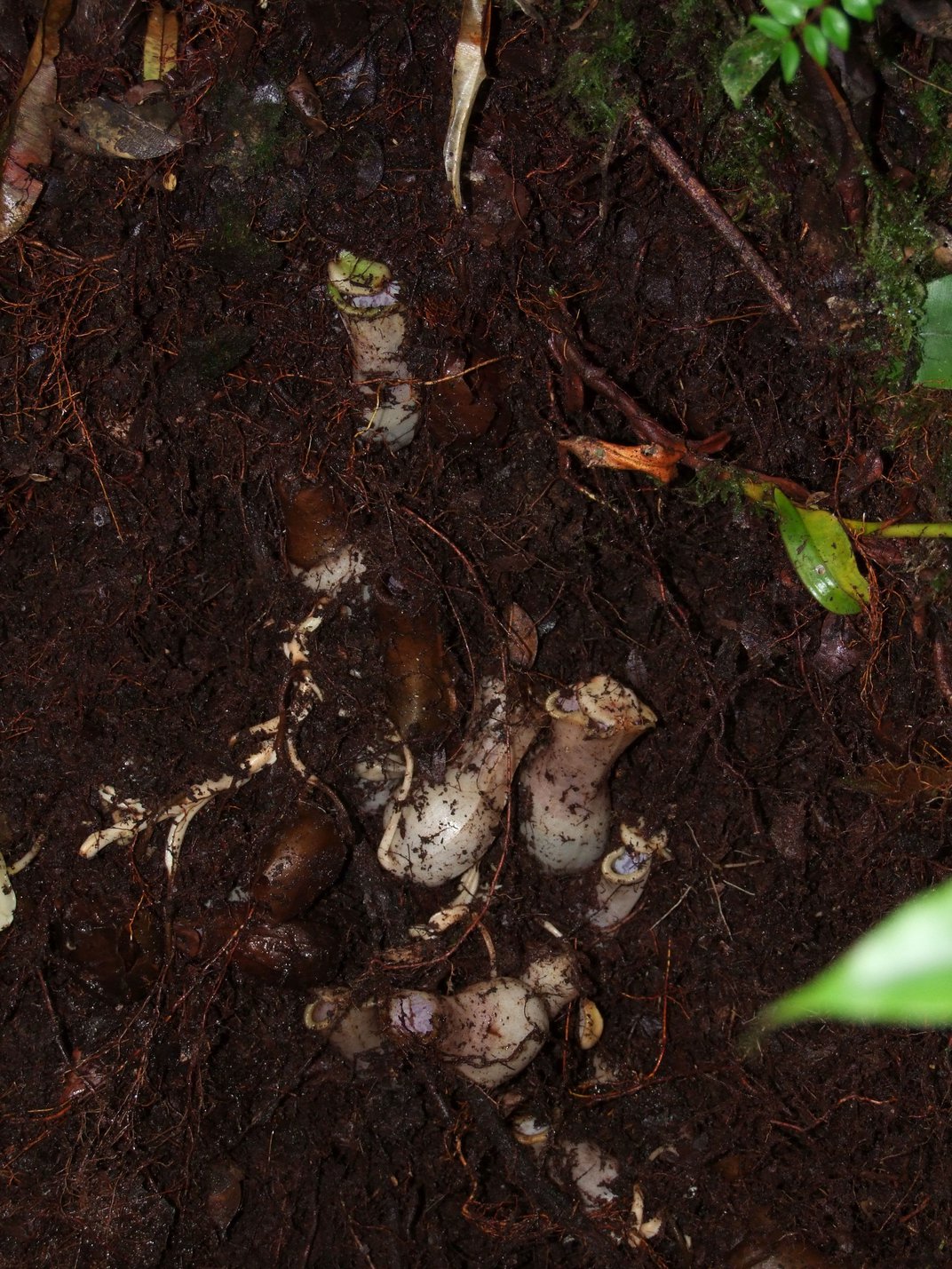
The carnivorous pitcher plants obtain nutrition by luring unsuspecting insects inside their unique jug-shaped leaves and devouring them. However, the brightly-colored "pitfall traps" are usually set above the ground. Now, researchers have found a new species that grows its prey-trapping contraptions underground to capture subterranean bugs like ants, mites, and beetles.
Biologist Martin Dančák and his team stumbled upon the unusual plant while exploring a remote mountain region in Borneo, Indonesia. The scientists noticed foliage that resembled pitcher plants. However, none sported the namesake leaves. The mystery was solved after a researcher found a handful of maroon pitchers under the moss at the base of a tree. In a nod to the concealed pitchers, the team named the species Nepenthes pudica (N.pudica) — the Latin word for bashful or shy.

The underground pitchers are sturdier and have thicker walls than their above-ground counterparts. This enables them to push the soil apart as they develop. The researchers speculate that burying the structures underground may protect the plants in their dry habitat, which is about 4,265 feet (1,300 meters) above sea level. It may also give the plants easier access to burrowing insects.
Dančák and his team, who published their findings in the journal PhytoKeys on June 23, 2022, maintain that the N. pudica is the first discovery of its kind. Three other groups of carnivorous plants that trap underground prey have been previously found. However, they all use different trapping techniques. Also, unlike the N. pudica, they can snare only minuscule organisms.
The scientists want the N. pudica, which can only be found in a small area, to be classified as critically endangered and protected. They hope that the discovery will highlight the urgent need to preserve the biodiverse Borneo rainforests, which are being cut down at a rapid pace to develop palm oil plantations.
Resources: nhm.ac.uk, Smithsonianmag.com, CNN.com
